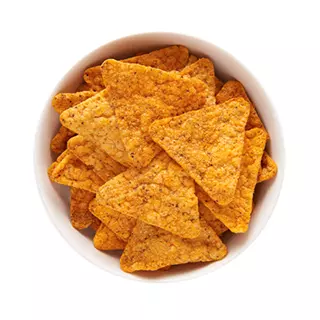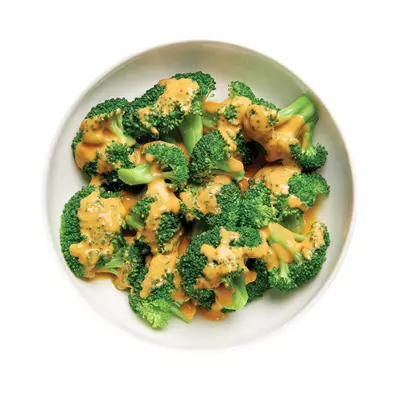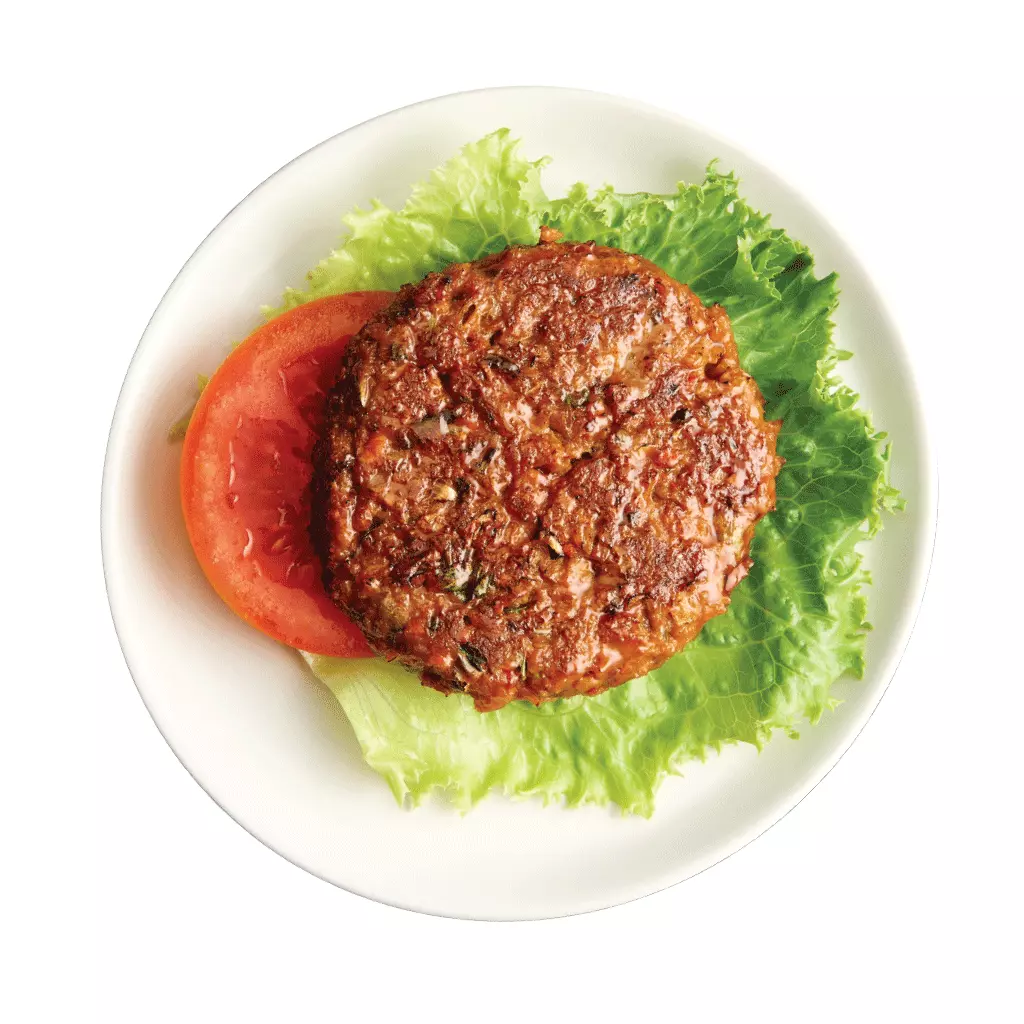Losing weight can be a long and tiring journey. It takes a lot of patience, effort, and sacrifices to eventually get the pounds off. And dieting is just as crucial as exercising when trying to reduce the number on the scale.
Fortunately, there are many effective weight loss diets you can consider, such as Paleo, Mediterranean, or Ideal Protein diet. However, in all of these, portion sizes are very important. When you don’t watch your portion sizes, you are likely to take in too many calories and ruin your weight loss. Below is everything a dieter should know about portion size control for weight loss.
What’s portion size?
Although the term “portion size” is often confused with serving size, they are not the same. Portion size is the amount of food you consume at a time, while serving size is the amount of a certain food that is recommended to eat.
How much food an individual should consume depends on factors like age, gender, body weight, height, health, level of physical activity, and genetics. This explains why some people need larger food portions than others. For instance, if you are a sportsperson, your body needs more energy, so you will require a higher amount of food than an employee who sits at a desk throughout the day.
What’s the right portion size for weight loss?
To achieve weight loss, you need to expend more calories than you consume to establish a calorie deficit. Note that weight loss occurs gradually, and the results are not instantly seen. Adopting a healthier lifestyle like consuming smaller portions, reducing processed foods, and upping your physical activity level can help you lose weight.
In order to shed weight, a lot of people choose to starve themselves or consume too little food to lower their calorie consumption. This often produces the opposite of the desired effect because long-term calorie restriction causes the body to enter starvation mode, increasing appetite and cravings for food. While it’s important to control your food portion size, it does not mean taking too little of everything or not eating enough food.
At times, we unintentionally consume more calories than we think. Many of us like to finish everything on our plates and even add more later. You are more likely to overeat when you increase your portion sizes, resulting in additional calories and eventually weight gain.
Portion control helps keep the amount of food you take within certain limits. It will enable you to easily create a calorie deficit and get rid of those unwanted pounds. Although it may seem impractical, portion control is effective and helps you maintain a healthy weight in the long term.
The right portion size for weight loss is a considerable amount of food that enables you to establish a calorie deficit while supplying your body with adequate nutrients and energy. For instance, let’s say you take 18,00 calories per day. Then, each portion of the three main meals should give you 600 calories.
How to measure portion size
Knowing the right portion sizes can be difficult and may take some practice. A good way to start is by calculating food portions. You may also decide to use other measuring tools to help you with portion control. Bear in mind that there’s no one “right way” to determine food portion sizes.
The first step to determine the correct portion sizes is to calculate your daily calorie consumption. As mentioned earlier, a lot of factors affect the amount of food an individual takes, including weight, age, sex, and level of physical activity. When you have calculated your daily calorie intake, it will be easy to tell how many calories you need from each food to stay with that limit.
Hence, the right portion sizes vary from one person to the other. Let’s say you want to lose 20 pounds; your portion sizes will be different from that of someone looking to shed 50 pounds. The important thing is to ensure your daily nutritional needs are being met.
Below are some tips for determining the right portion size for you to weight loss:
- First of all, calculate the number of calories you take daily.
- Figure out how many calories you have to consume to create a calorie deficit. A calorie consumption calculator can help.
- Plan out every meal (including your snacks).
- Calculate how many calories you need to take per meal.
- Determine the amount of food you require from each food type to remain within the calorie limit for one portion.
What is a serving size?
A serving size is the household measure of a particular food, such as cups, ounces, and tablespoons. But rather than memorizing the serving sizes of all the foods you eat, you can just compare them to everyday items you are familiar with.
For instance, one serving of:
- Fruit or vegetables is about the size of your fist
- Pasta is roughly the size of one scoop of ice cream
- Fish, poultry, or meat is the size of your palm or the size of a deck of cards
- Snacks like chips and pretzels are around the size of a cupped handful
- Apple is about the size of a baseball
- Potato is the size of a PC mouse
- Pancake is about the size of a CD
One good way to know how much food is in a serving is to check the Nutrition Facts label and measure it. For instance, you can put the portion of rice, veggies, etc., in a measuring cup and then remove the contents one after the other. That will give an idea of what these serving sizes look like.
Determining portion sizes of food does not need to be difficult. Below are some simple tips to ensure you consume the right food portions for weight loss and avoid overeating.
1. Mind your portion size
At home:
- Eat with smaller dishes.
- Serve the right portion of food, and don’t go back for another serving.
- Keep away leftovers in portion-controlled amounts.
- Freeze the portions you won’t be eating for a long time.
- Avoid leaving platters of food on the dinner table, as you will possibly grab them or get a second serving unintentionally.
At restaurants:
- Request half or smaller food portions.
- Share your dessert (if you have one).
- Use your eye to gauge the proper portion and tell the attendant to pack the remaining one in a doggy bag.
At the supermarket:
- Beware of small-sized snacks, such as pretzels, cookies, and crackers. Many people tend to eat more than they intended, adding up calories.
- Select foods packed in their own serving sizes.
- Go for ice cream sandwiches or other individual-size servings if you like eating ice cream out of the carton.
2. Use smaller plates, spoons, and glasses
The size of your dinnerware can impact the amount of food you consume. When you use bigger bowls and plates, the food may look smaller, making you eat more than you should. Most people who overeat because of larger plates don’t know about the different portion sizes.
In a study, researchers noticed that subjects who ate using larger bowls consumed 77% more pasta than those who used medium-sized bowls. Another research also found that nutritional experts served themselves 31.0% more when handed larger dishes and 14.50% more when they were given larger spoons.
So, to lower your portion sizes, use smaller plates. Also, replace the wide short glasses with tall, narrow ones to avoid getting too many calories from booze and other calorie-rich beverages.
3. Request half the portion when eating out
It may be more difficult to control your food portions when eating out. You will find it hard not to overeat when having dinner at your favorite restaurant that cooks very delicious meals. A lot of restaurants give customers large portions of food, usually 5 times the standard servings.
So, when ordering food at a restaurant, ask the attendant to pack half your meal in a doggy bag and only eat the remaining half. If you go there with a friend, both of you can share a single plate. You may also ask the waiter to place dipping sauces on the sides.
It would help to ask the attendant about the portion sizes and select a meal that’s close to your ideal portion size. Eating out is not an excuse to overeat.
Plus, avoid buffets or all-you-can-eat restaurants.
If you want more tips on eating out without being derailed from your diet, check out our complete guide here.
4. Use the plate method
An easy way to determine the proper portion size of your vegetables, carbohydrates, or protein is to use the plate as a serving guide. Choose smaller plates to reduce your calorie consumption and shed weight.
Here is a brief guide for using this method:
- Veggies should make up half of the plate
- Protein-dense food a quarter of the plate should be fish, eggs, beans, tofu, poultry, meat, and legumes
- Complex carbohydrates like whole grains should make up a quarter of your plate
- Fat-rich food i.e., cheese, oil, and butter- should not be more than half a tablespoon
5. Use your hand to determine portion sizes
You can also estimate the proper portion sizes with your hands. Since a person’s hand size corresponds to their body, bigger people usually have bigger hands and require more food.
Below is how to use your hand to estimate portion sizes:
- Carbohydrate-rich foods: two cupped-hand portions for men and one for women.
- Protein-rich foods: for foods such as meat, fish, poultry, and legumes – one palm-sized serving for women and two for men.
- Fat-rich foods: two thumb-sized servings for men and one thumb-sized for women – like nuts, butter, vegetable, and olive oil.
- Vegetables and salads: one fist-sized serving for females and two for males.
6. Take a glass of water before every meal
Another good way to ensure you consume less food is to begin each meal with a glass of water. Drinking water before eating will help lower your portion size.
Water naturally suppresses food cravings and helps fill your stomach, making you eat less. Hydrating also helps you to know whether you are feeling thirsty or hungry.
A study found that taking 500 ml of water before each meal led to a 44% greater weight reduction over a 12-week period. This was probably due to lower energy consumption after water intake. So, drinking water prior to eating reduces the amount of food you take and helps keep your portion size under control.
7. Use portion control dishes
You may decide to get portion control dinnerware. They are specially made plates with separate compartments for each type of food, making it easy for you to determine the correct portion size for weight loss.
This may seem like an extra expense but remember the return benefit. Investing in weight loss is worthwhile since the main outcome is that you become healthier as your chances of developing diseases are higher when you are overweight.
8. Take plenty of vegetables
A lot of people see vegetables as a superfood because they are low in calories, high in fiber, and contain a large amount of water. Besides, they are very rich in nutrients and pack several essential minerals and vitamins.
But how much is one serving of vegetables?
A single serving of veggies is approximately half a cup (4 oz) of cooked vegetables or one cup (8 oz) of raw vegetables. For instance, one serving is a cup of cabbage, cooked sweet potato, broccoli, or two cups of uncooked kale, lettuce, or spinach.
Vegetables are a great weight-loss food since losing weight is all about taking in fewer calories than you burn. You can consume more vegetables to fill your stomach without exceeding your calorie intake limit. Make sure to add a side of veggies to each meal or use them for sandwiches in the place of bread.
9. Avoid eating directly from the containers or packets
You are more likely to overeat and have difficulties watching your portion sizes when eating from large-size packages or food packed in big containers. This is especially true with snacks.
Research has shown that people tend to consume more food from larger packages than small ones, no matter the food taste, quality, or type. Another study also found that participants consumed 129% more calories when they were served from large containers. Hence, if you purchase a big bag of chips containing around 10 servings, it’s best to divide the snacks into smaller packets before you start eating them.
Useful tip: Turn the packet of snacks into small servings by dividing them into ziplock bags.
10. Eat slowly
Snacking and eating slowly help reduce the amount of food you take and lower your calorie consumption. This is because eating quickly can make you less aware of your satiety levels, causing you to overeat. Since it takes the brain between 20 and 30 minutes to register that you are full, eating slowly is important in order to shed weight.
According to a study, eating slowly can result in a greater feeling of satiety and lower energy consumption than eating quickly. You will also appreciate the food taste and enjoy your meal more when eating slowly. Avoiding distractions such as television or video games when eating can also make you eat less.
Bonus tip: Use easy to remember visual cues
You should use familiar items in your house and kitchen to measure the right portion sizes for weight loss, e.g., dice, baseball, tennis ball, computer mouse, or golf ball.
Here’s how to use daily items to control your food portions:
- 3 ounces of fish, meat, or poultry is the same as a deck of cards
- A cup of veggies and fruit is the same size as a baseball
- A serving of nuts and nut butter is about the size of a golf ball
- A medium potato is the same as a PC mouse
- A slice of bread or waffles is about the size of a CD
- ½ a cup of rice or pasta is about the size of a baseball
- ½ a cup of desserts, i.e., ice cream, is the same size as ½ of a baseball
The takeaway
The secret to weight loss is to expend more calories than you take in. So, it is important to eat the right portion size at all times. You are less likely to overeat when you control your portions and stay aware of how much food you eat. Ideal Protein teaches its dieters proper means of portion control to help them lose weight faster and stay on track.
However, make sure to eat substantial portions of well-balanced meals to fulfill your daily nutritional requirements. Eventually, controlling your portion sizes will help you shed weight and promote your overall health. If you have any queries or are struggling to lose weight and keep it off, we can help.
Schedule a complimentary consultation with one of our coaches.






